By Jared L. Olar
Local History Program Coordinator
In 2019, Ashley and Russell Spencer opened a bar and grill in Farmington, Illinois, that they named “Ashers,” the restaurant’s name formed from the first half of Ashley’s name and the last two letters of Russell’s surname. Unfortunately, a fire destroyed their restaurant in Nov. 2021, but the following year they reopened in Pekin’s old town in Todd Thompson’s historic 353 Court St. Building, which Thompson had restored and refurbished in 2010. Ashers quickly established itself as one of Pekin’s most popular eateries. (The Spencers’ bar and grill was featured in a restaurant review by William Furry of the Illinois State Historical Society in the March-April 2024 issue of “Illinois Heritage” magazine of which Furry is the editor.)
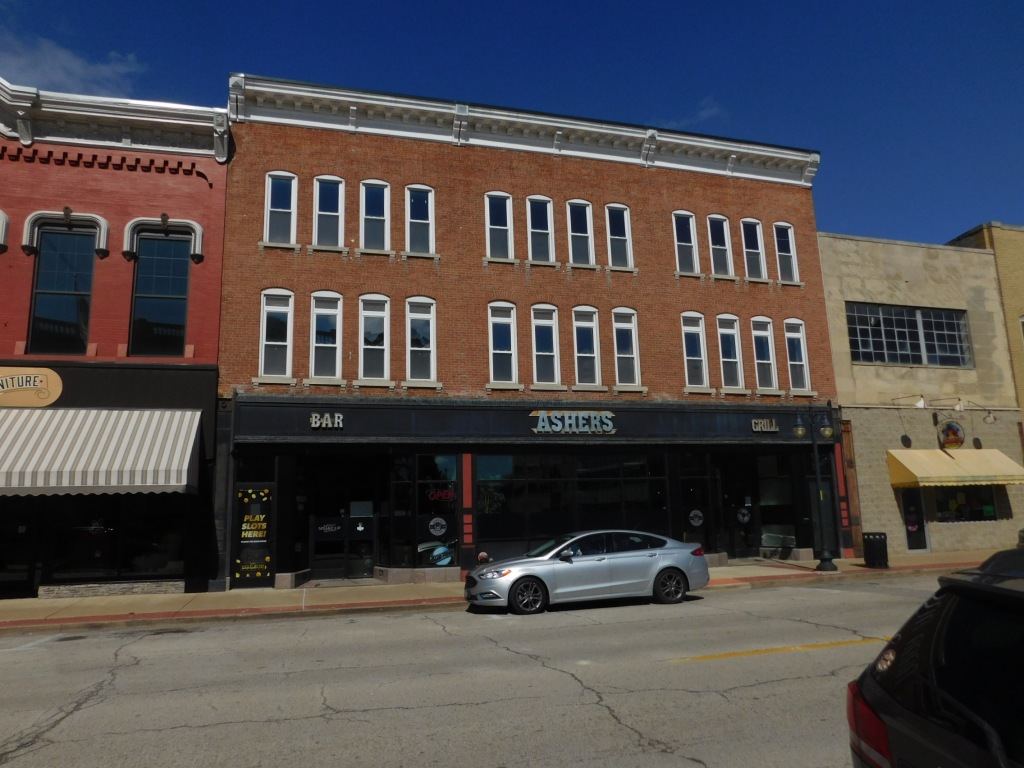
Look back at the history of the 353 Court St. Building, it seems to have been in existence since at least the 1880s, and perhaps even the 1870s. As far as we can tell, the first business that may have existed at the present site of Ashers Bar & Grill could have been Schilling & Bohn, a firm owned by Conrad Schilling (1821-1895) and Andrew Bohn (1821-1891) that sold furniture, beds, mattresses, and coffins. The 1871 Sellers & Bates City Directory of Pekin says Schilling & Bohn’s furniture store was on Court Street across from the courthouse, four doors west of Fourth Street. That would place it either at the site of the Hamm’s Building or the site of the 353 Court St. Building. An 1877 aerial view map of Pekin shows a structure in this block of Court St. that may well be the same one that still stands today at 353 Court St.
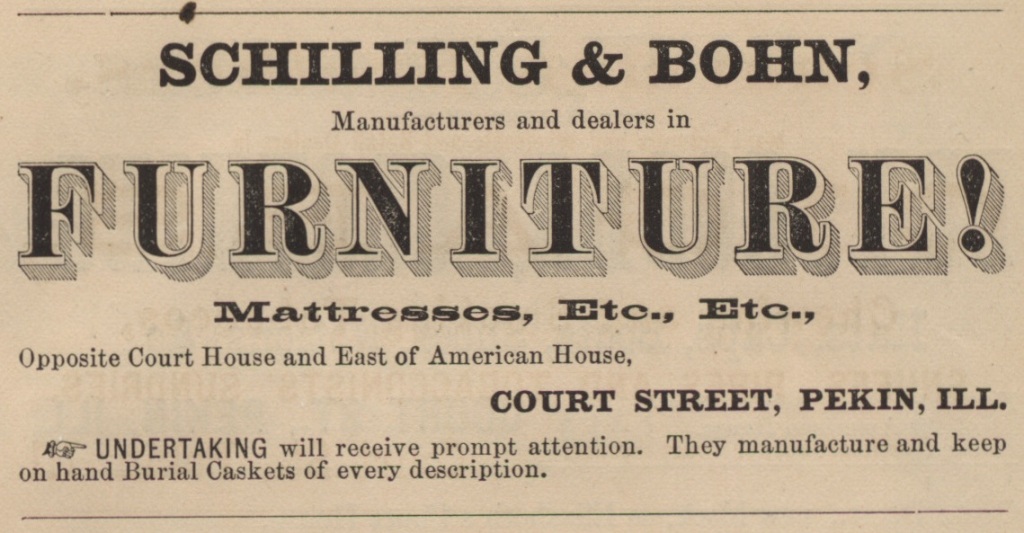
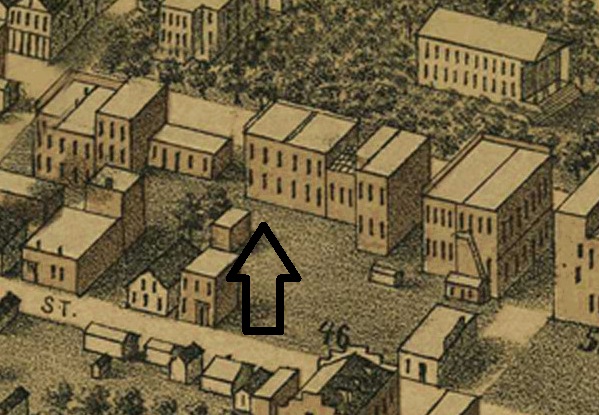
The history of this part of Court Street becomes clear in the 1880s, when city directories and maps show a hotel called Planter’s House or Planter’s Hotel, with the Irish immigrant Thomas Donegan Conaghan (1847-1922) as its proprietor. Conaghan previously appears in the 1871 and 1876 Pekin city directories as the proprietor of City Hotel at the northeast corner of Ann Eliza and Third streets. Planter’s Hotel is shown in the 1885 and 1892 Sanborn Fire Insurance Maps of Pekin as well as the 1887 and 1893 Pekin city directories.

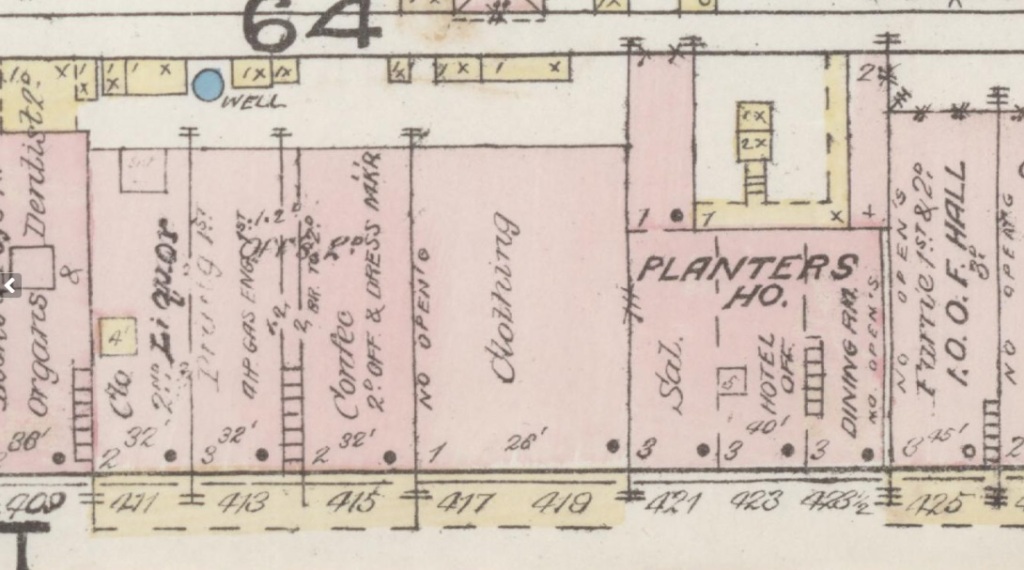
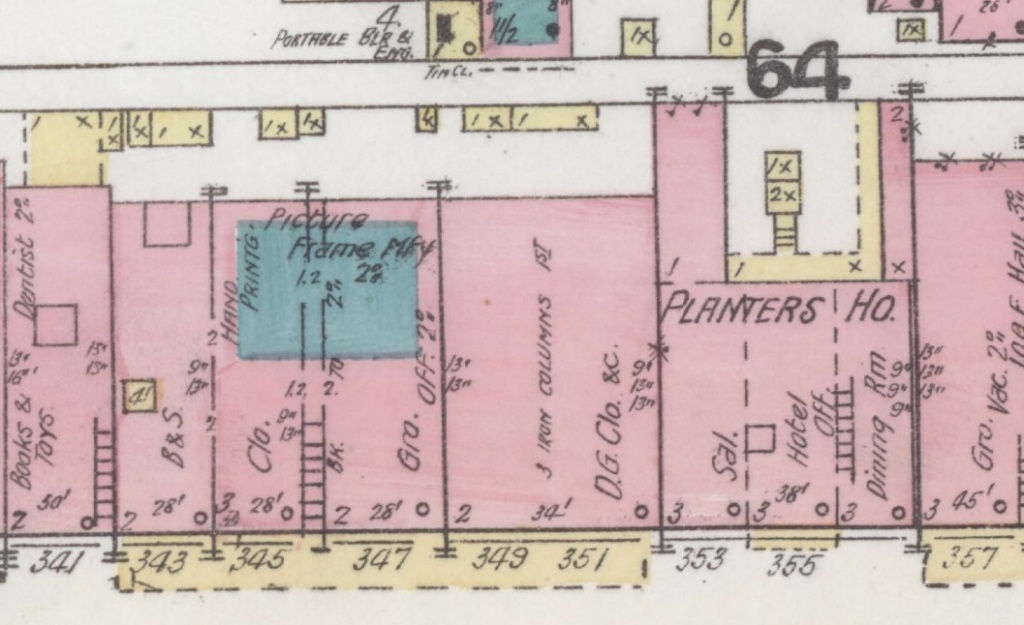

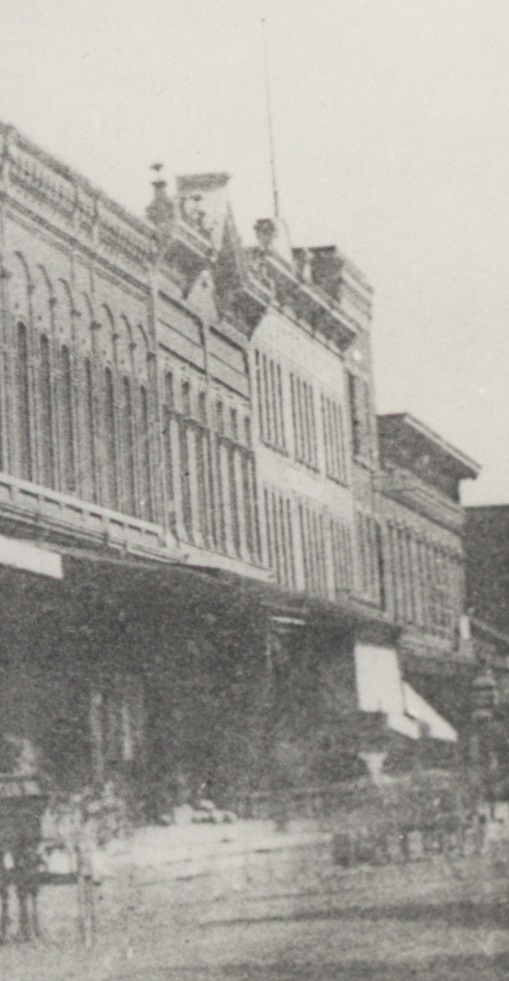
By the time of the 1895 city directory, however, the Planter’s Hotel building had been remodeled into business and office space to become the Kuhn Building. The Kuhn Building’s tenants that year included a clothing store operated by Leopold Schradzki (1833-1902) and Joseph Sklarek (1856-1940) at 353 Court St. (the western half of today’s 353 Court St. building), Day Carpet & Furniture operated by Edward O. Deuermeyer (1860-1931) at 355 Court St. (the eastern half of today’s Court St. building), M. Bayne & Son highway bridge builders operated by Milton Bayne (1830-1910) and his son William M. Bayne (1860-1924), and the insurance agencies of Martin J. Heisel (1857-1909) and Rudolph Velde (1875-1947).
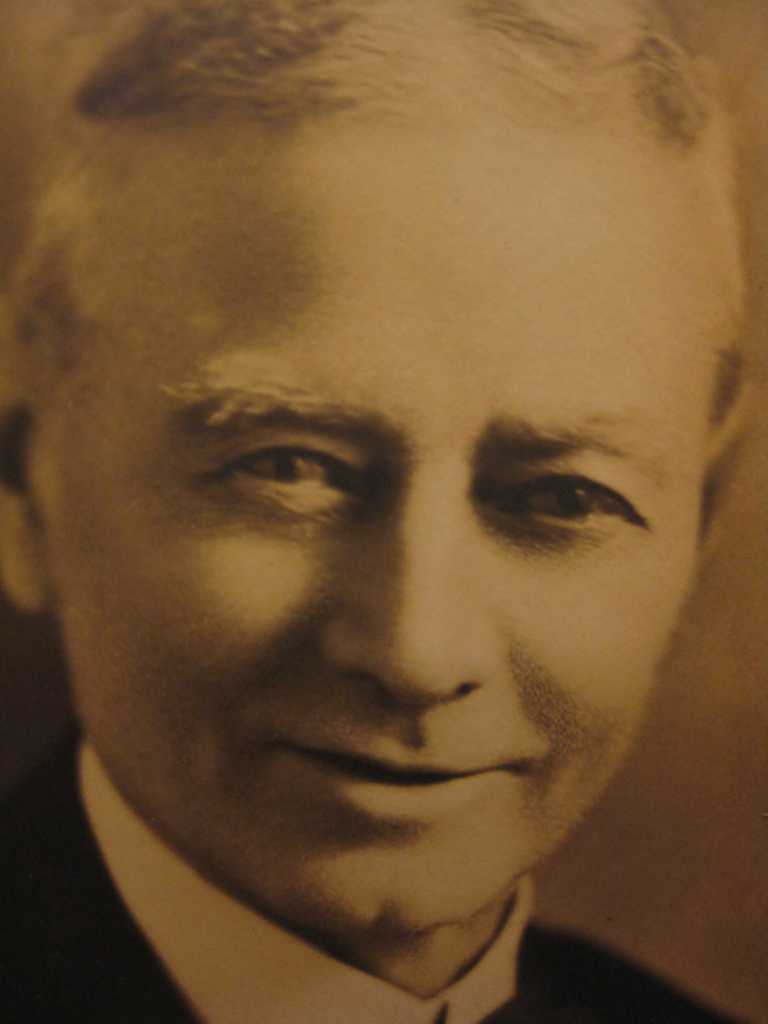
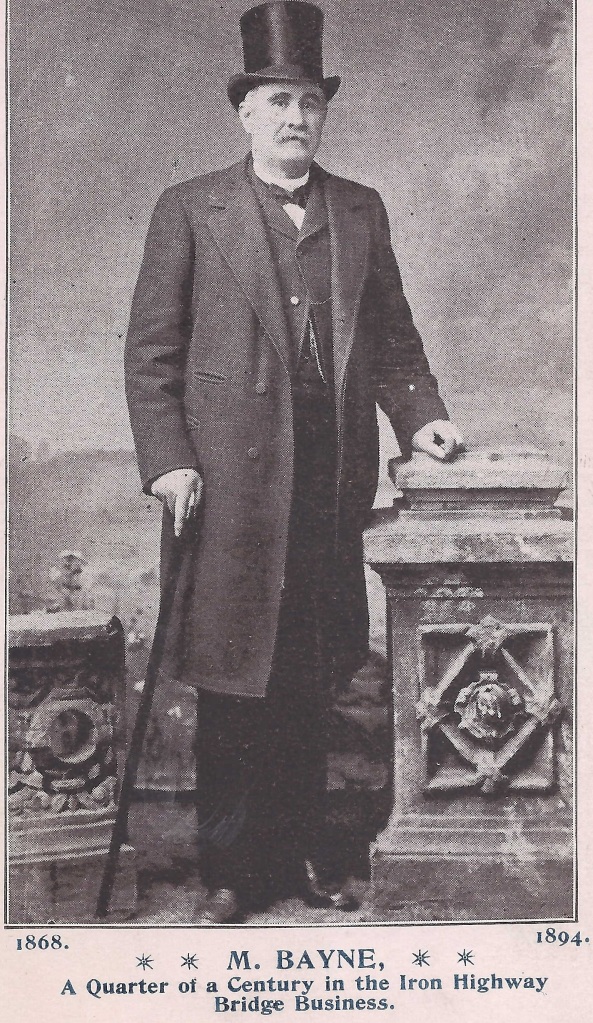
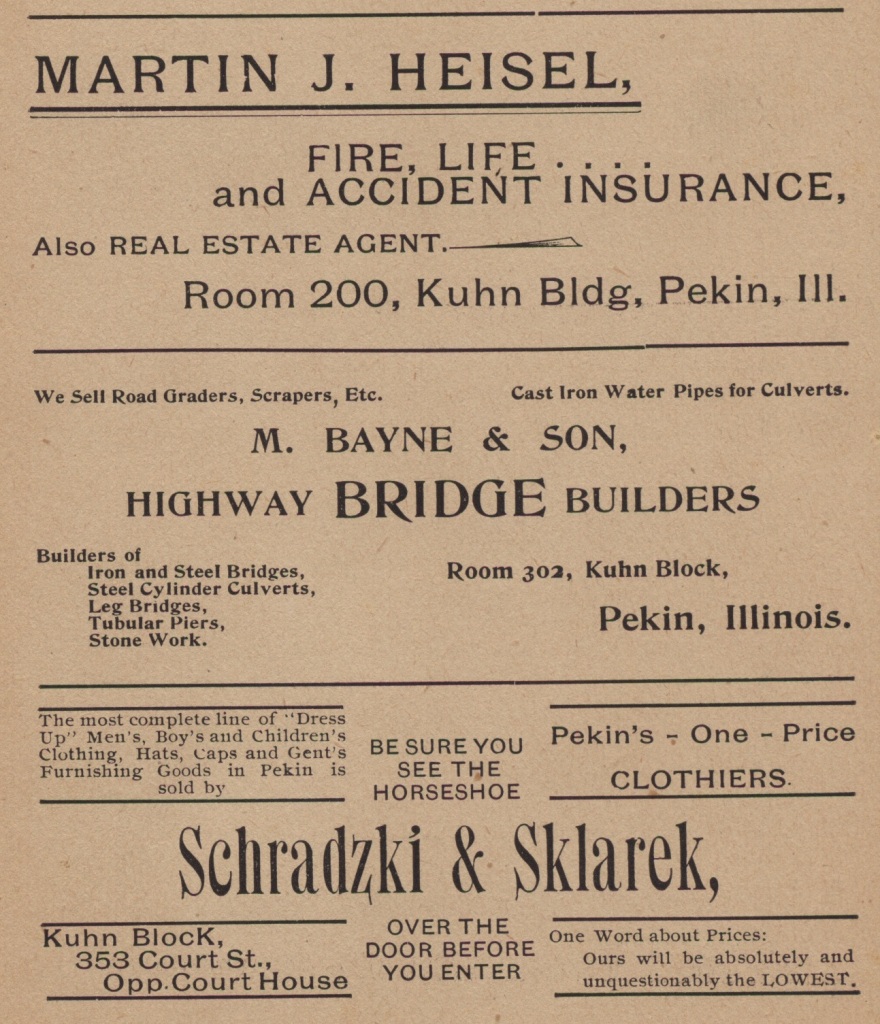

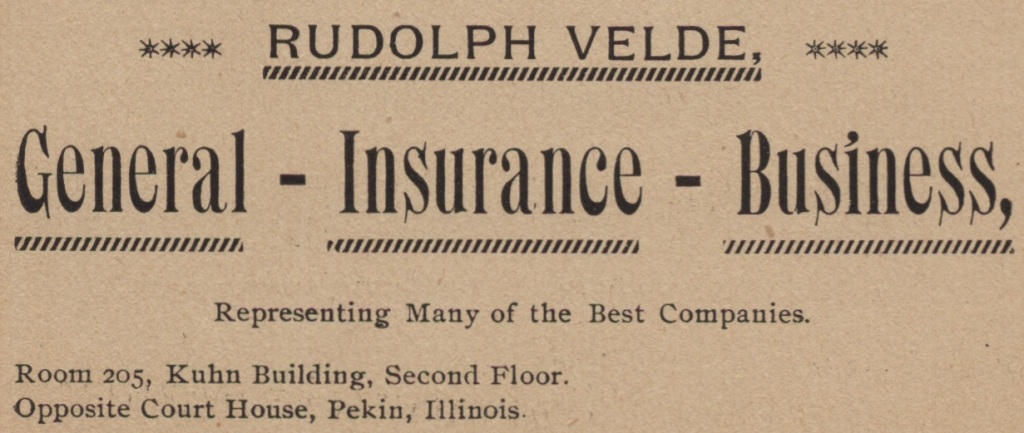
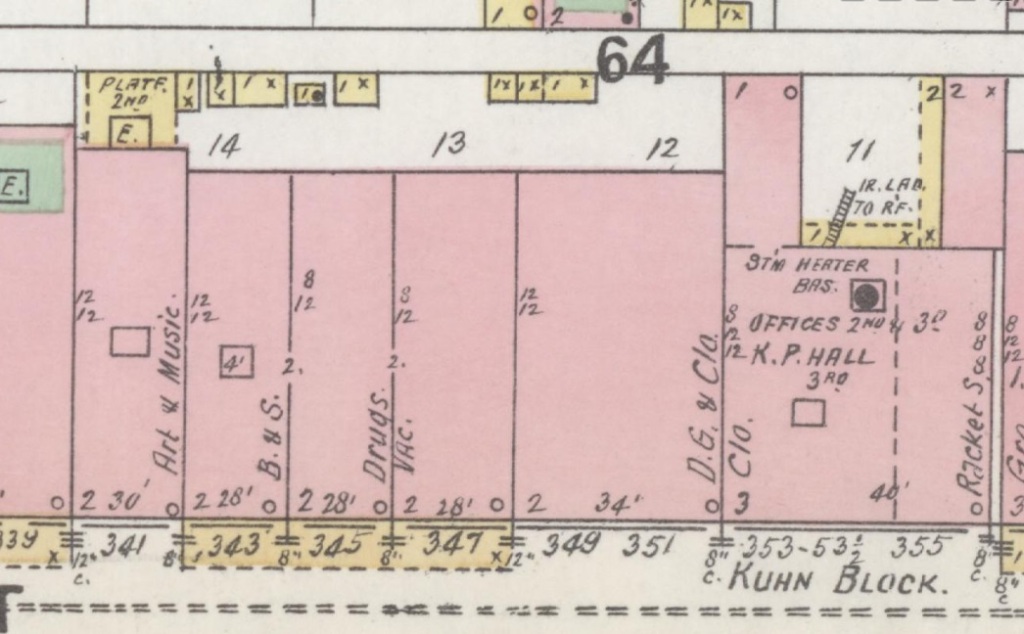
The 1898 Pekin city directory again shows the clothing store of Schradzki & Sklarek and the bridge-building firm of M. Bayne & Son in the Kuhn Building. According to the directory, by this time Milton Bayne was living in Chicago while his son William ran the firm in Pekin. The Kuhn Building in 1898 was also the home of the Knights of Pythias Hall, and also housed the offices of Charles L. Morgan (1868-1965) and his brother Robert Morgan (1866-1935), real estate and merchandise exchange, Dr. Edward F. Pielemeier (1874-1953), physician, and G. A. Pielemeyer, dentist.
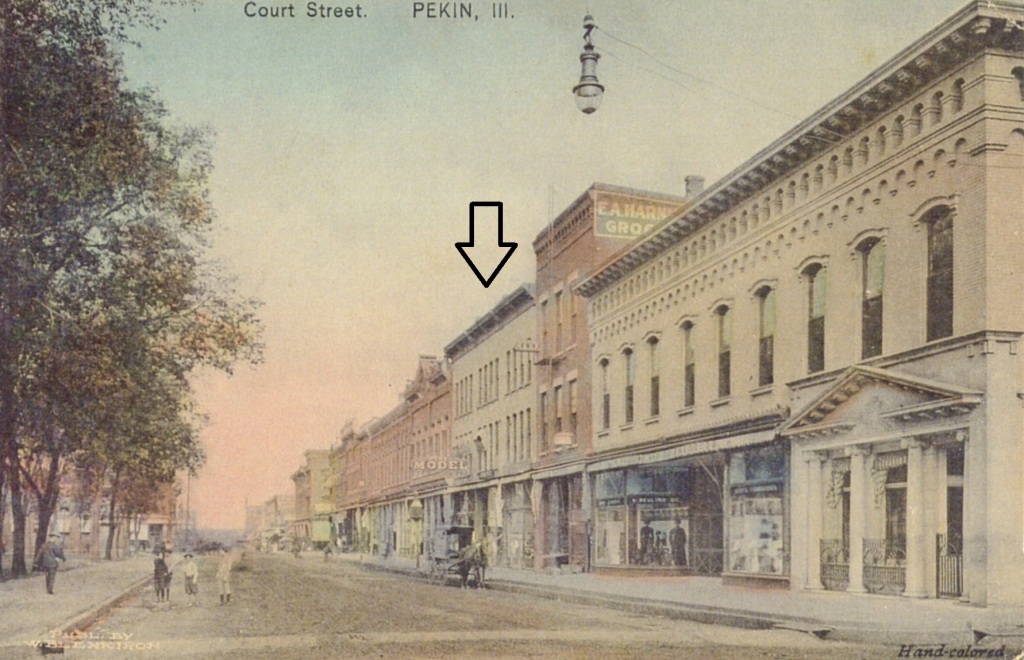
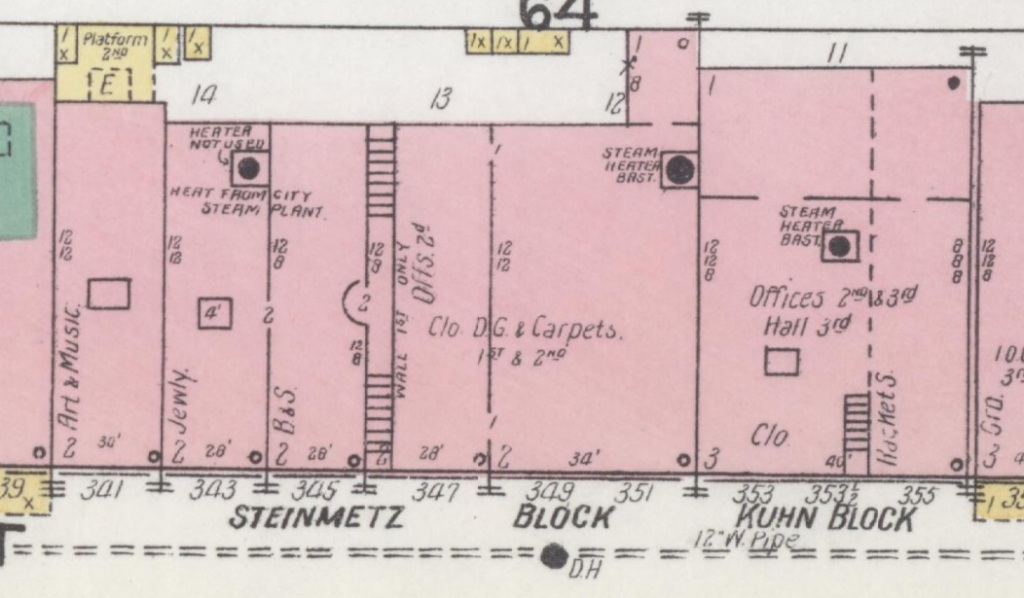
Six years later, the 1904 Pekin city directory shows that the Schradzki & Sklarek clothing store had been succeeded at 353 Court St. by another clothing store called Salzenstein & Co., owned and operated by Albert Salzenstein (1878-1931). Also located at 353 Court St. or 353 1/2 Court St. were Tazewell County judge and attorney Jesse Black Jr. (1870-1935), attorney Edward Reardon (1851-1923), and George W. Seibert (1839-1915), justice of the peace. Meanwhile, at 355 Court St. we find the Smith & Frey five-and-dime store, operated by Thomas B. Smith (1866-1946) and Walter U. Frey (1875-1956), Abraham Lincoln “A. L.” Champion (1860-1945), abstract and real estate, Jacob Rapp (1845-1910), justice of the peace, the Prudential Insurance Co. office with Louis Heimbach as assistant superintendent, and an Assembly Hall on the third floor.
The 1908 Pekin city directory heralded the arrival of The Model Clothing Co. at 353 Court St. The Model was one of the prominent fixtures of downtown Pekin during the first decades of the 20th century, operating from 353 Court St. until the end of the 1920s, when it seems to have fallen as one of the early victims of the Great Depression. Curiously, city directories do not identify The Model’s managers until the 1926 directory, when The Model’s listing showed it with a secondary name of “The Nusbaum Co.,” and the manager was listed as Henry Ehrhardt. Then in the 1928 city directory, The Model, a.k.a. The Nusbaum Co., was listed with M. S. Chamberlain as its manager. The Model went out of business after that, and the 1930 Pekin city directory lists 353 Court St. – that is, the western half of today’s 353 Court St. Building – as “vacant.”
Meanwhile, the 1908 city directory again lists the Smith & Frey five-and-dime store at 355 Court St., with A. L. Champion’s office on the second floor of the Kuhn Building, and the Prudential Insurance Co. office (J. F. Mang, superintendent), over 355 Court. The same directory again lists Jesse Black Jr. and Edward Reardon in their offices in the Kuhn Building, along with Dr. R. C. Horner, dentist. Smith & Frey is again listed at 355 Court St. in the 1909 city directory, but in the 1913 and 1914 directories the store is listed as the Smith Department Store. During these years we continue to find anywhere from four to six offices in the 353-355 Court St. building being occupied by attorneys, dentists, etc., including A. L. Champion and the Prudential Insurance Co. The Modern Woodmen Hall is also listed on the building’s third floor in the 1914 and 1922 Pekin city directories.

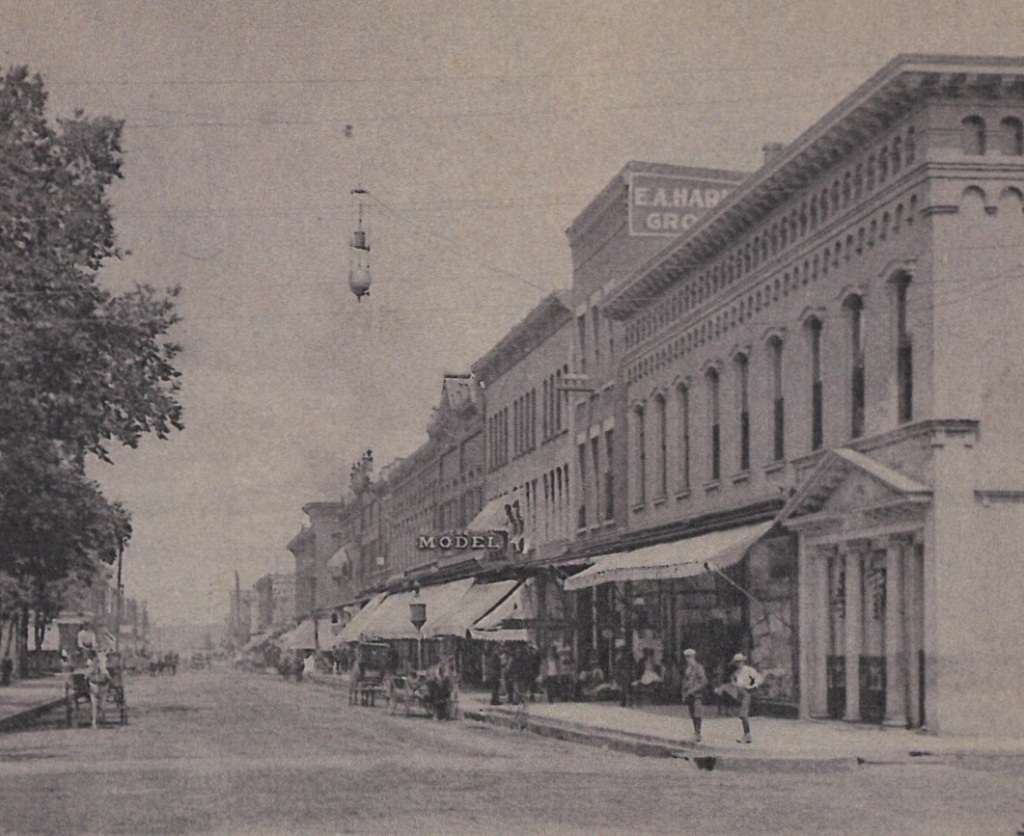
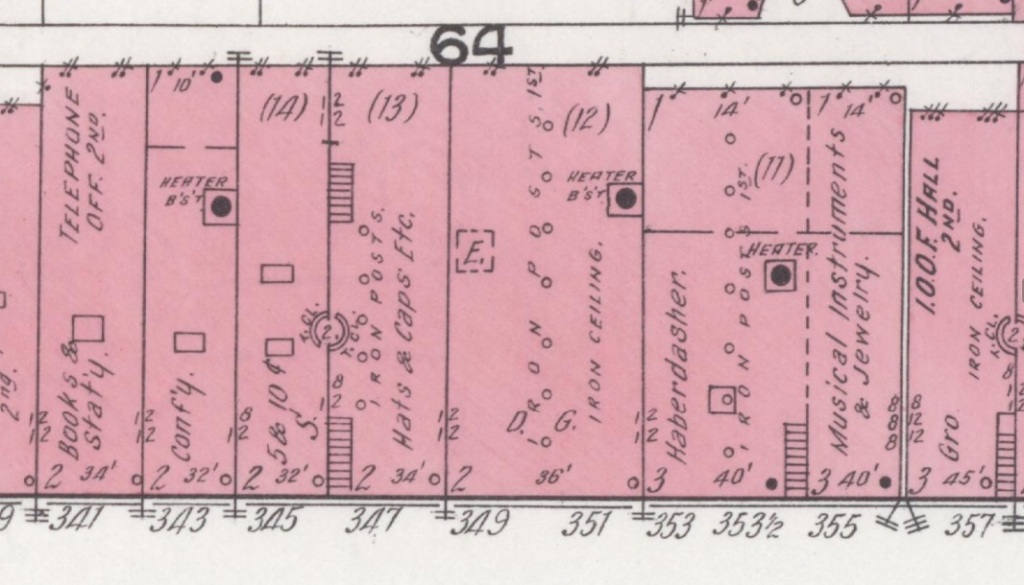
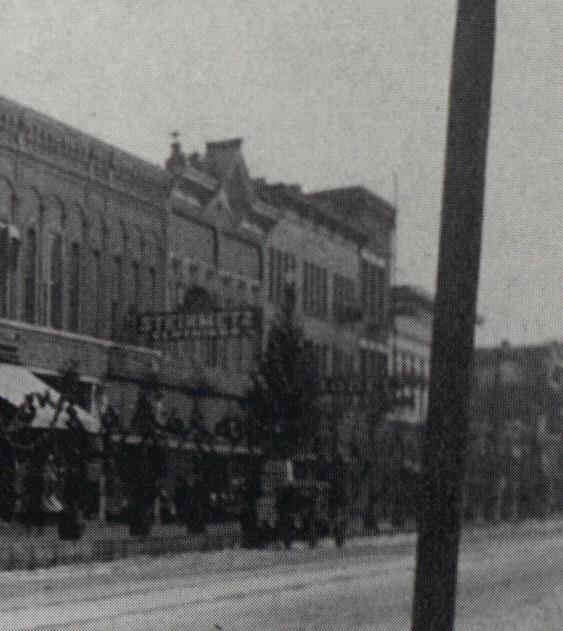
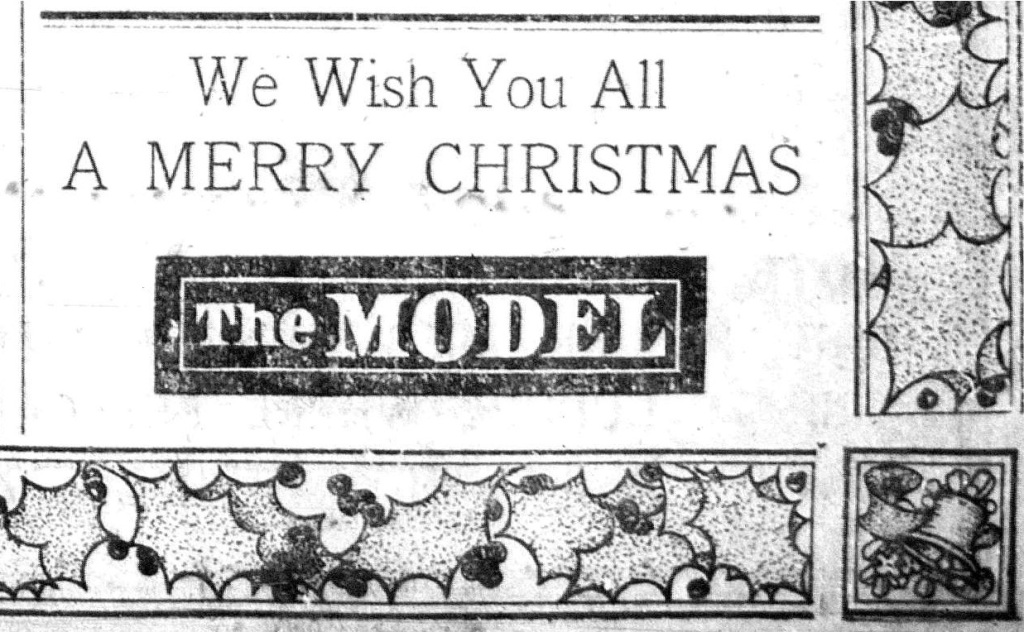
In the 1922 city directory, we find that the Smith Department Store had been replaced by John Walter, jeweler, who along with the Prudential Insurance Co. and four other offices occupied rooms at 355 Court St., while The Model occupied 353 Court. After the departure of The Model from 353 Court at the end of the 1920s, the 1930 city directory again shows John Walter, jeweler, at 355 Court St. However, Walter that year shared 355 Court with the S. S. Kresge Co., a five-and-dime that would soon become a successful downtown department store and ancestor of Kmart.

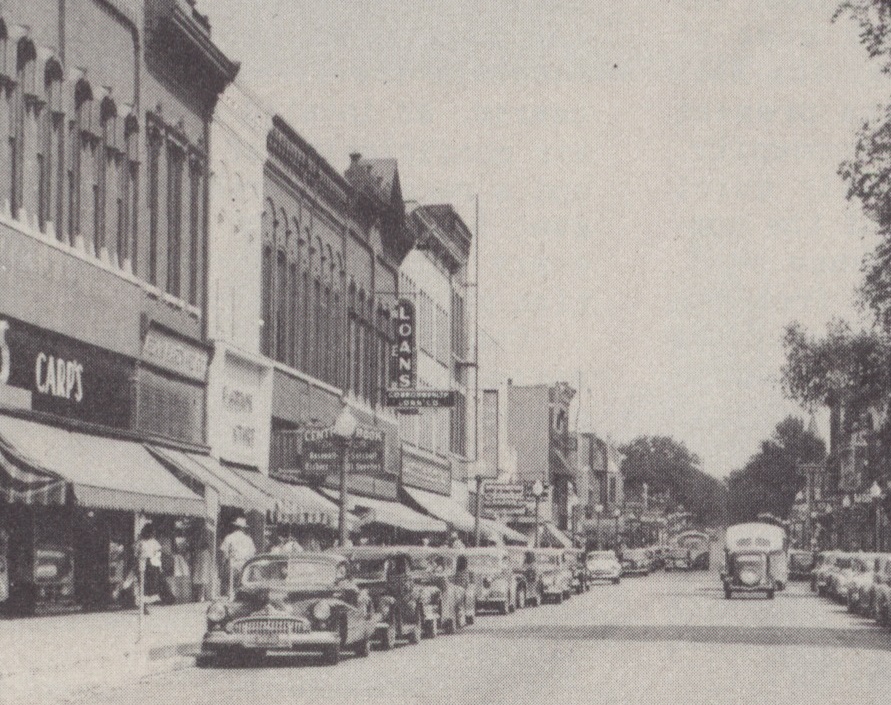
John Walter, jeweler, continues to be listed at 355 Court St. until the 1939 Pekin city directory, but beginning with the 1932 city directory we find S. S. Kresge Co. occupying both 353 and 355 Court St., and after 1939 Kresge is the sole occupant of the building. The Kresge department store thrived at 353-355 Court St. until the late 1960s. Pekin’s city directories show a succession of 10 managers throughout the store’s existence at 353-355 Court St: Elwood F. Harr (1932), Ernest Arfsten (1934), Leslie L. Jones ( 1937, 1939, 1941, 1943, 1946), Ancil M. Scheiderer ( 1948, 1950), Curtis T. Mullen (1952, 1955, 1956, 1958), Russell Hansen (1959), John E. Curtis (1961), Donald J. Schroeder (1962), Warren Larson (1964, 1965, 1966), and Mark D. Heine (1968, 1969). Heine was Kresge’s last manager in downtown Pekin, and at that time the S. S. Kresge Co. nationwide became Kmart, and built a store at 2901 Court St. Kresge disappears from Pekin directories in 1970, then reappears as Kmart in 1971 with Robert P. Matheny as its manager.
After Kresge, the next store to occupy the 353 Court St. Building was a 5-cent-to-1-dollar store, or variety store, called The Jupiter, which is listed at that address in the Pekin city directories from 1970 to 1974, changing managers about once a year. Jupiter’s succession was managers was: Robert Ruhl, Richard Swank, Phillip Brandis, Thomas Hallett, and Larry Rutledge.

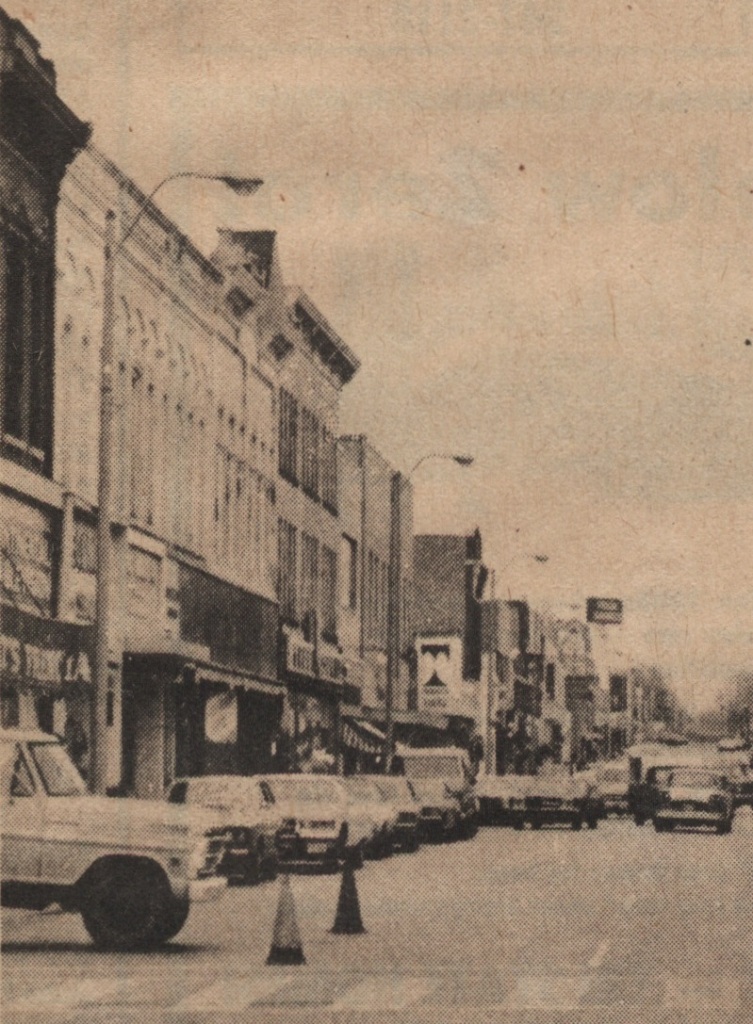
Pekin directories show the 353 Court St. Building as “vacant” in 1975 and 1976, but in 1977 we find the S & H Green Stamp Redemption Center there, managed by Joyce Dentinger. She remained as manager of the Redemption Center for as long as it operated from that storefront, with the Redemption Center and Dentinger last appearing in the 1983 Pekin city directory.
The 1984 directory does not have a listing for 353 Court St., but in 1985 we find a restaurant called Coles Open Hearth, operated by John M. Lawson. Coles Open Heart reappears in the 1986 directory, but with Russell Boger as owner. He changed the restaurant into a night club called Bogey’s Emporium, under which name his business appears in the 1987 directory, but the business quickly failed there.
From 1988 to 1992, Pekin directories list 343 Court St. as “vacant.” In 1993’s directory we find a brief and obscure listing for something called “Visions Onie” — a typographical error for “Visions,” a teen hangout that was not there for very long. In 1994 the building is again listed as “vacant.” Then in 1995, we find Gerald W. Adams’ Bangkok Restaurant, which only lasted about a year.
The 1996 directory lists 353 Court St. as the location of Joseph M. and Penny M. Berardi’s Peek-In Ceramics & Gift Shop. The Berardis continued to operate their business there up to and including the 1998 Pekin city directory. That year we also find Wayne Wilton Thompson Jr., retired, and Ruth P. Thompson, occupying and working out of the building alongside the Berardis. The 1999 city directory again shows Peek-In Ceramics & Gifts, with Joseph Berardi, president, along with a business called Ceramic Treasurers, run by Ruth Thompson; with Wilton W. Thompson Jr. listed there as well.
From the 2000 Pekin city directory until the 2009 directory, we find Ceramic Treasurers, owned by Ruth P. Thompson, as the only business in the building, with Wilton W. Thompson Jr. and Ruth P. Thompson also listed apparently as residents. But Ceramic Treasurers disappears from Pekin city directories after 2009. That is because it was in 2010 that Todd Thompson and his partner Steve Foster refurbished the 353 Court St. building – and it is from this building that Todd Thompson’s 353 Court LLC derives its name.
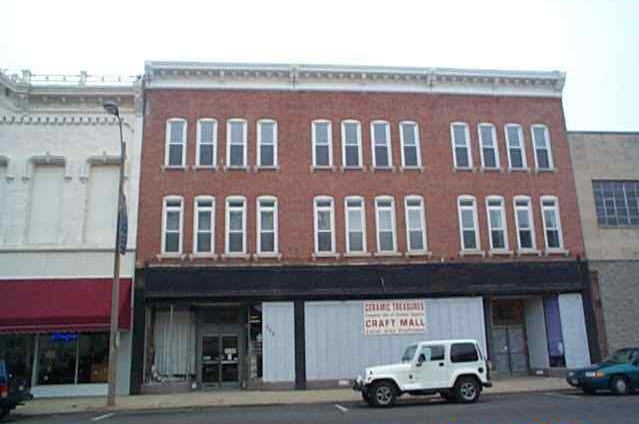
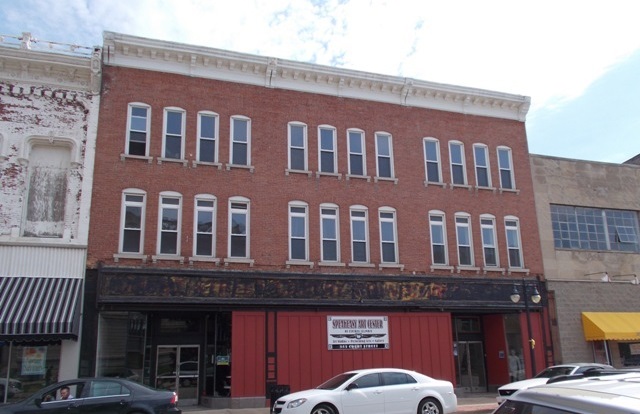
After restoring the building, Thompson and Foster turned the building in the Speakeasy Art Center, which from 2010 until Fall 2016 was the home of the Pekin Academy of the Fine Arts, directed by Shannon Cox. The art center’s name harks back to tales that the building had once had a speakeasy hidden there during the Prohibition Era. Curiously, the Speakeasy Art Center never appeared in any Pekin city directories, which instead continued to list only Wilton W. Thompson Jr. and Ruth P. Thompson until 2017’s directory. The 353 Court St. building disappeared from city directories in 2018 and 2019, but the directories from 2020 to 2023 list Kindermusik and Ruth P. Thompson as the only occupants of 353 Court St. The most recent directory listings for this address are probably only “ghost” entries, though.
After the Pekin Academy of Fine Arts moved in late 2016 to the old Rupert Mansion on Walnut, Travis Guthman of Lacon, Illinois, owner of Pizza Peel in Lacon, in late 2019 proposed opening a second Pizza Peel in the 353 Court St. Building. However, Guthman’s plans never came to fruition. But with the arrival of Ashers in 2022, this historic structure has again come to life and does much to to draw customers and community activity to Pekin’s old town.









